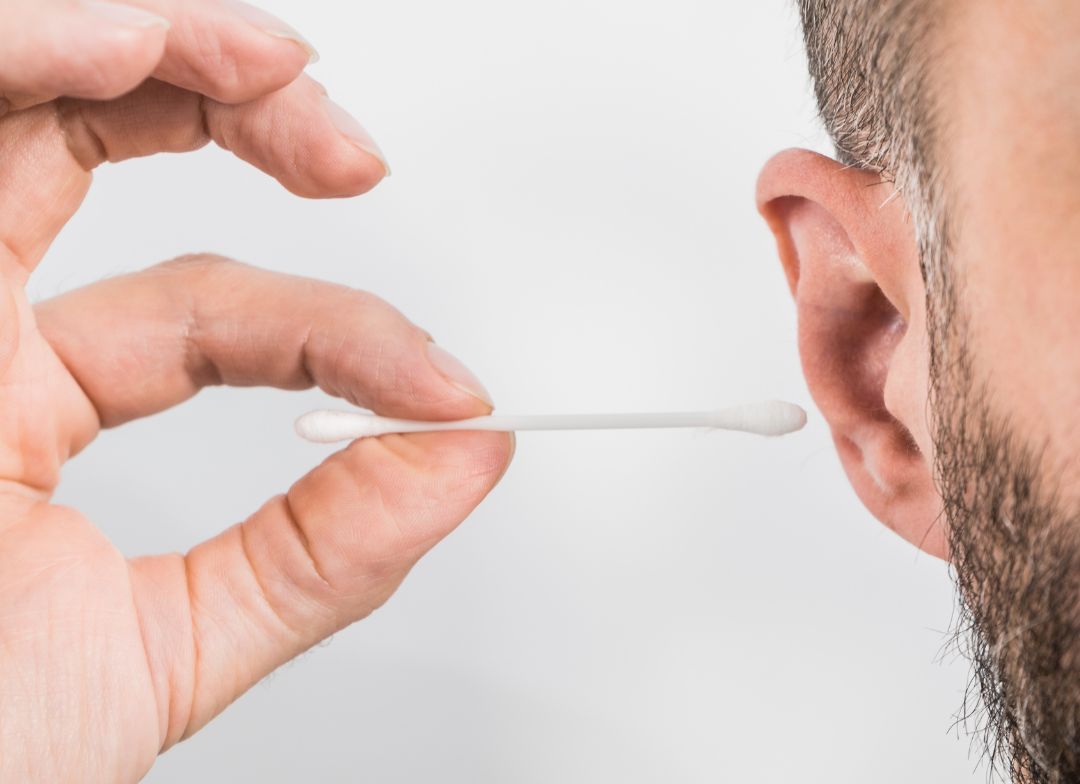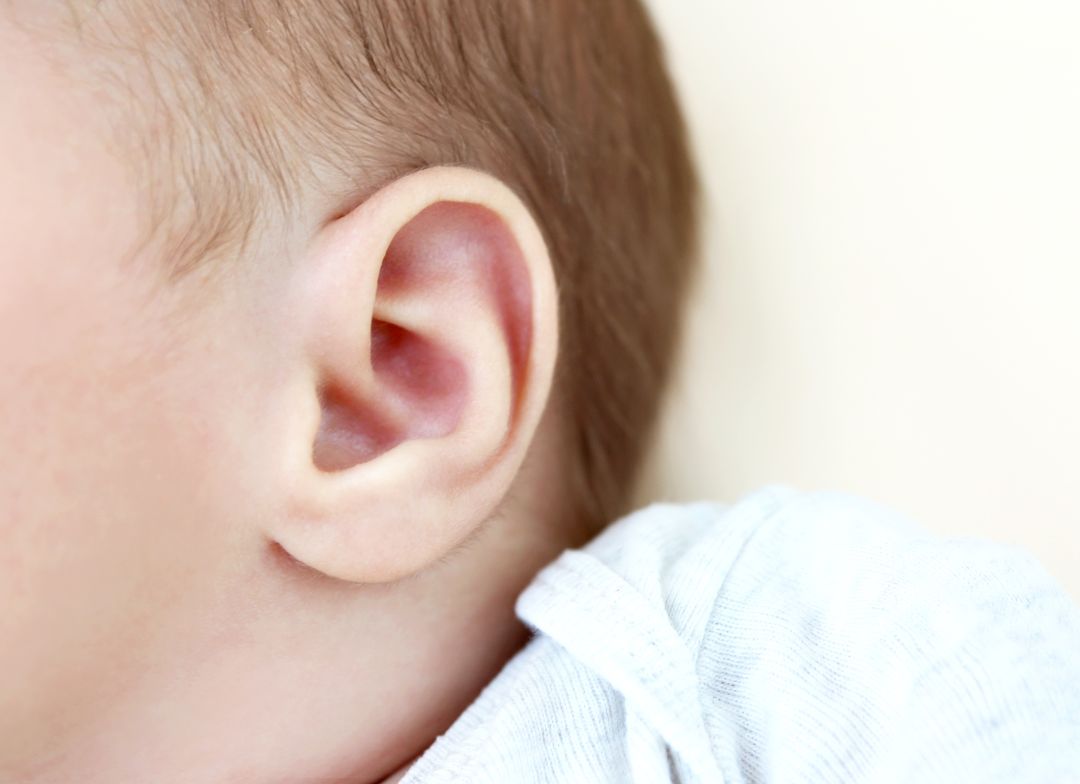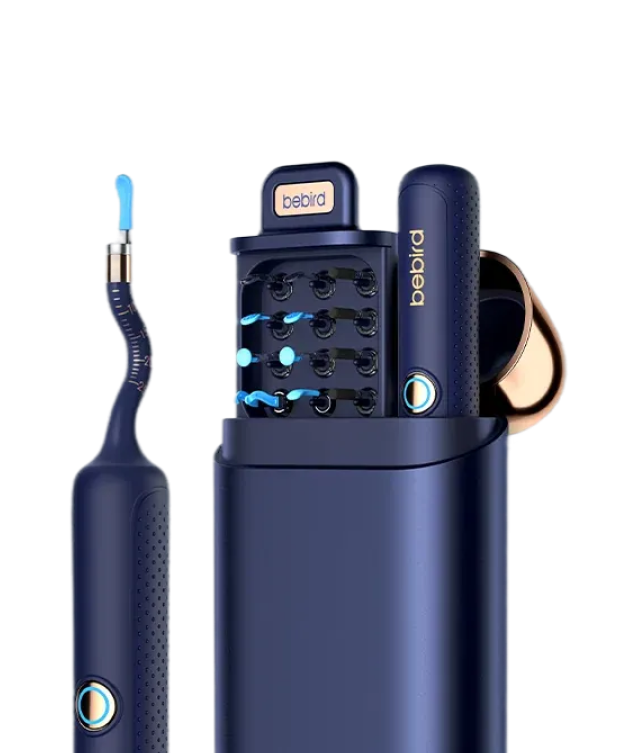Although Q-tips are helpful for cleaning ears, they can be harmful as well. More often, they shove wax further in rather than taking it out. This can cause blockage, irritation, and in extreme cases, injury to your eardrum. Most healthcare professionals recommend avoiding cotton swabs for ear care.
So, how do you clean your ears without Q-tips? There are safer, better ways. Natural rinses and drops won’t hurt your hearing. In today’s guide, you will learn how to take care of your ears without using Q-tips. Let’s dive in.
Why Should You Avoid Using Q-tips?
Although it is common to use Q-tips to clean the ears, they can be more harmful than beneficial. Health experts warn against placing them inside the ear canal because of the risk they pose. Knowing those dangers can help you keep your ears clean without Q-tips.
Risk of Earwax Impaction
Q-tips can actually shove earwax deeper into your ear canal and cause an impact. This blockage can result in pain, temporary hearing loss, and feelings of fullness in the ear. It usually results from improper ear cleaning methods.
Potential for Eardrum Damage
Pushing Q-tips too deep can puncture the delicate eardrum. Injury to this part of the ear can cause pain, and loss of hearing and require treatment. Switching to a safer earwax removal tool can help avoid such risks.
Increased Risk of Infections
Q-tips can force bacteria into the ear canal, disturbing its environment and defenses. This leaves them prone to infections such as otitis externa, which presents as pain, swelling, and drainage. It is important to keep the ears clean without any invasive instruments.
Disruption of Natural Cleaning Process
Ears are self-cleaning organs. Q-tips disrupt the cleaning process, leading to an excess of wax production and added trouble. The ears dealing with wax on their own are usually best.
Possibility of Foreign Objects Remaining
Cotton from Q-tips can get loose and stay behind inside the ear canal. These can result in irritation, infection, or even blockage, and professional removal may be necessary. Prevention of such complications needs the avoidance of object entry into the ear.

What Are the Safest Ways to Clean Your Ears?
There’s no need for dangerous tools to keep your ears clean. Indeed, using Q-tips can cause serious harm. Instead, try these safe ways to keep your ears in good health.
Let Your Ears Self-Clean
Ears release wax naturally with activities such as chewing and talking. This self-cleaning mechanism propels wax outwards, where it hardens and flakes away. Intervention is often not necessary.
Use a Damp Washcloth
Clean the outer part of your ear with a warm, moist washcloth. Wipe gently around the entrance to the ear canal, taking care not to push the cloth into it. With this approach, you’ll never have to put a Q-tip in your ear. It’s safe and easy.
Apply Earwax Softening Drops
Try over-the-counter drops of mineral oil or baby oil, glycerin, or hydrogen peroxide to soften hard wax. These products dissolve buildup and allow the wax to drain naturally. Ear drops are a safe way to clean your ears without a Q-tip.
Try Warm Water Irrigation
Gently flush the ear with warm water using a rubber bulb syringe. Tilt your head to allow water and any dislodged wax to pour out. This works well and is safe when done gently, which is a great Q-tip alternative.
Consult a Healthcare Professional
If earwax impacts or produces pain, you should seek medical attention. Doctors use special tools to safely and painlessly clear the blockage. Professional help is the best route if a home approach doesn’t work.
Best Tools and Alternatives to Q-tips at Home
If you’re looking for ways to clean without Q-tips, there are a few useful tools on the market. The Bebird ear cleaner is among the best you can try. Bebird ear wax remover combines ear scooping and a convenient ear cleaner for humans. This is a safer alternative to the traditional Q-tip.
Key Features:
-
The ear cleaner has a high-definition camera, which allows you to watch your ear canal in real-time.
-
The unit has LED lights to light up the ear canal, thus helping to clean the ear safely and easily.
-
It includes multiple soft silicone tips that are designed to be gentle on the ear and will not damage the ear or cause discomfort.
-
With a dedicated app, you can check the cleaning status with your smartphone through Wi-Fi or USB.
-
It is lightweight and ergonomic to ensure an easy grip and use.

When Should You See a Doctor for Ear Cleaning?
If you have persistent pain, pressure, or discomfort in your ears, it’s time to see a doctor. If you think you have an ear infection, blocked ears, or drainage, you may need professional cleaning. The health professional can safely take out the earwax and provide proper attention to treat any issue. As always, if you’re unsure how to clean your ears without Q-tips, seek medical help.
Daily Ear Care Tips to Keep Ears Healthy
Healthy ears are the key to preventing discomfort and hearing difficulty. Basic ear care is easy to maintain to keep your ears healthy and protect your hearing over the years.
Clean the Outer Ear Gently
Clean the outer ear canal with a moist, warm washcloth. Don’t put objects such as cotton swabs into your ears, since they might push wax farther in. Instead, a camera ear cleaner offers visibility and precision with minimal risk.
Protect Ears from Loud Noises
Hearing loss can result from loud sounds. Wear earplugs or earmuffs in a loud environment. Listen at a low volume when using earbuds or a headset. These precautions can make an important difference for healthy hearing.
Keep Ears Dry
Infections can develop as a result of the moisture. Dry your ears completely with a towel after swimming or bathing. Do not use foreign objects to push water out. If you’re managing wax or fluid buildup, a smart earwax cleaner tool can be a better solution.
Avoid Inserting Objects into Ears
Cotton swabs can push wax further in and can harm the ears. If you feel pain or believe you have a blockage, see a doctor. Until then, a safe earwax removal with camera can offer better control and visibility to manage buildup at home.
Regular Hearing Check-ups
Consult with an audiologist or ENT specialist on a regular basis. And there are so many ways for doctors to check for early signs of hearing loss or other problems. Early detection paves the way for treatment and better control of ear health.
Conclusion
When it comes to caring for your ears, doing so without Q-tips is both healthier and more effective in the long term. Opting for soft, gentle alternatives to harsh methods lowers the chance of irritation and pain. Stick with safe ways to clean up, have some healthy habits, and see a doctor. Regular ear cleaning—especially with a modern ear wax cleaner tool or ear cleaning camera—promotes clean ears and helps improve your hearing.
Related Reading:
Is Hydrogen Peroxide Safe for Cleaning Ears?
















Leave a comment
All comments are moderated before being published.
This site is protected by hCaptcha and the hCaptcha Privacy Policy and Terms of Service apply.